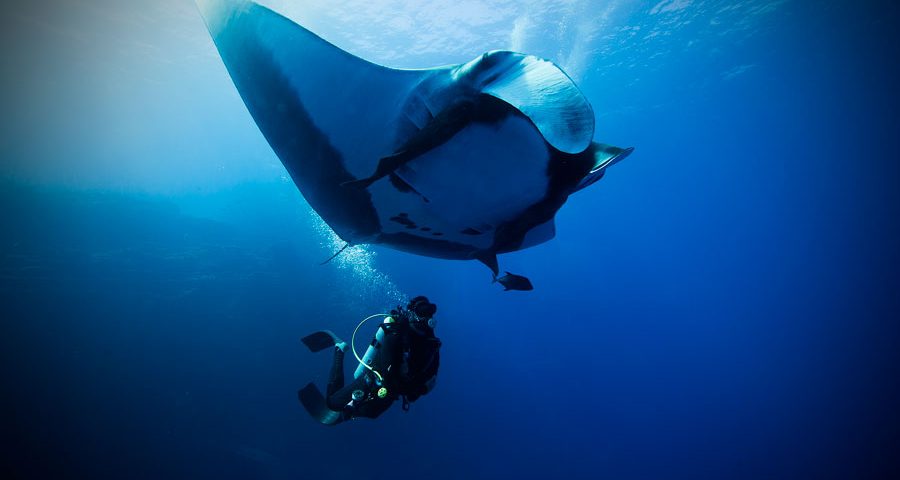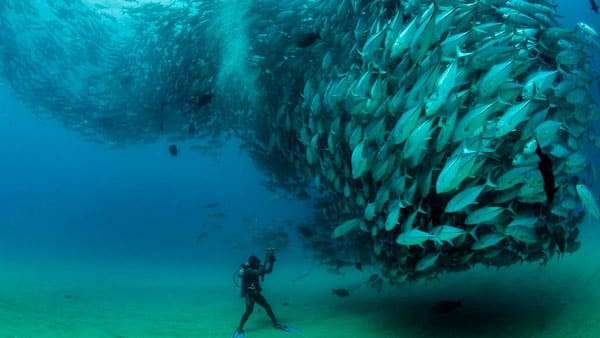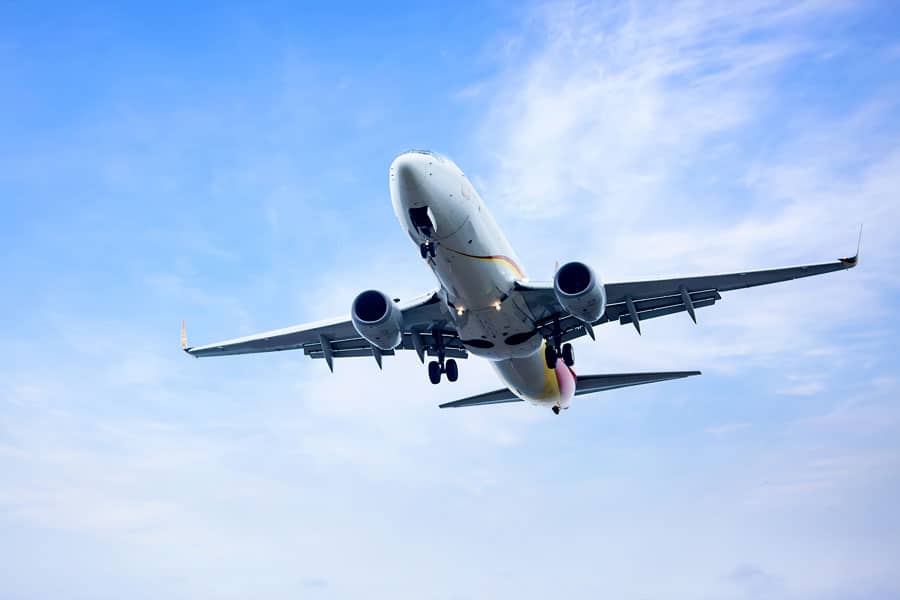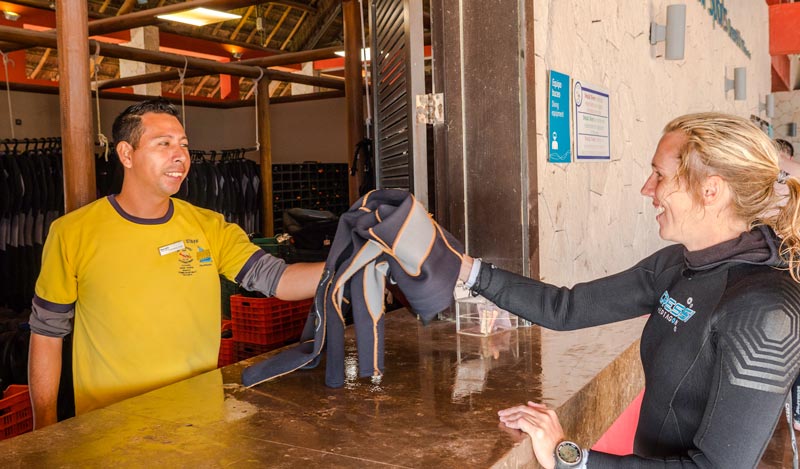Flying after diving is usual in a divers’ life. Therefore, the question to answer is not if we can do it, but when we can do it to have a smooth trip.
Cozumel, Galapagos Islands, Maldives or the Red Sea, among others, are extremely tempting destinations. They are often on our bucket list, but although we don’t want to, we have to come back home. Needless to say, divers of all four continents turn to the plane for their journeys. After all, it is the fastest and most comfortable way to cross the orb to enjoy our favorite sport.But since diving is our passion, we want to make the most of those few days that we can dedicate to it. So, there you are, willing to squeeze in the last dive before leaving your dream destination. Nonetheless, we cannot forget the most important thing is that everything go smoothly during your travels. For this reason, in today’s article, we answer this question: How long do you have to wait to fly after diving? Let’s see!
But since diving is our passion, we want to make the most of those few days that we can dedicate to it. So, there you are, willing to squeeze in the last dive before leaving your dream destination. Nonetheless, we cannot forget the most important thing is that everything go smoothly during your travels. For this reason, in today’s article, we answer this question: How long do you have to wait to fly after diving? Let’s see!










